
The British Fleet Air Arm Museum, located at RNAS Yeovilton in Somerset, England, was officially opened in 1964 and has since grown into one of the world’s most significant naval aviation museums. It was established to preserve and showcase the history of the Fleet Air Arm, the aviation branch of the Royal Navy.
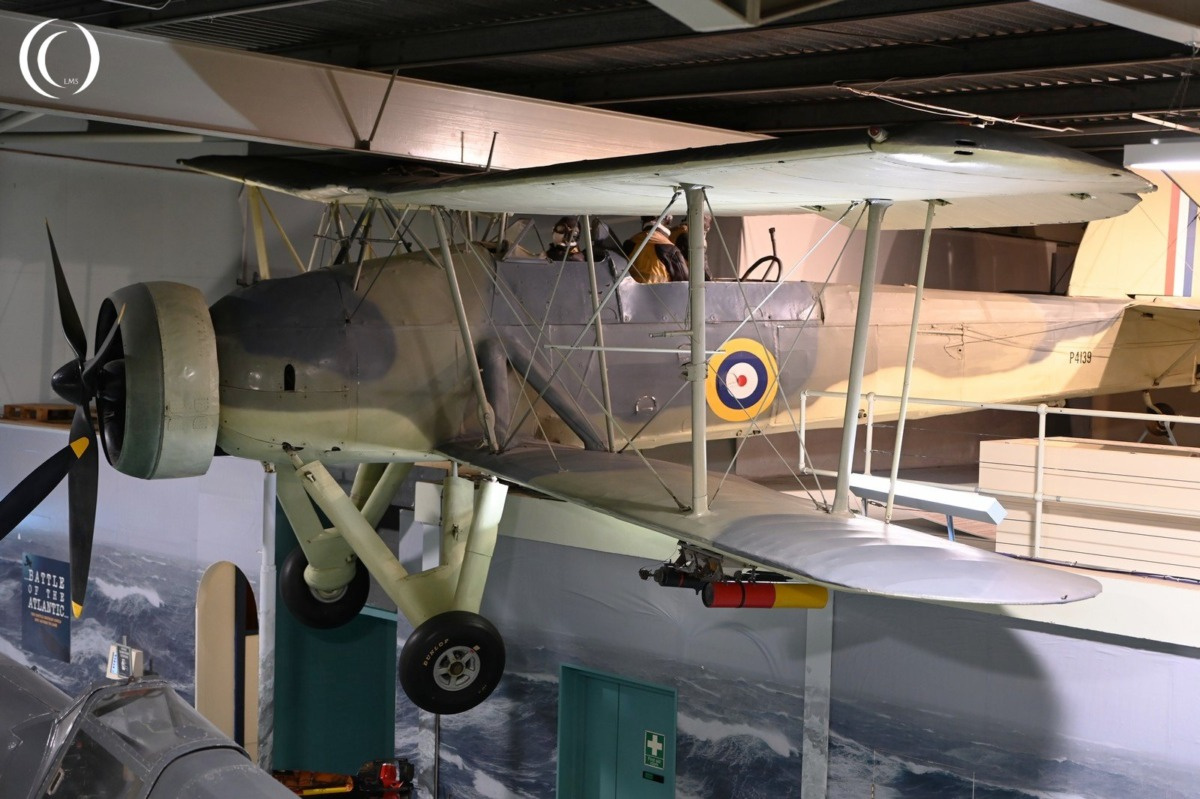
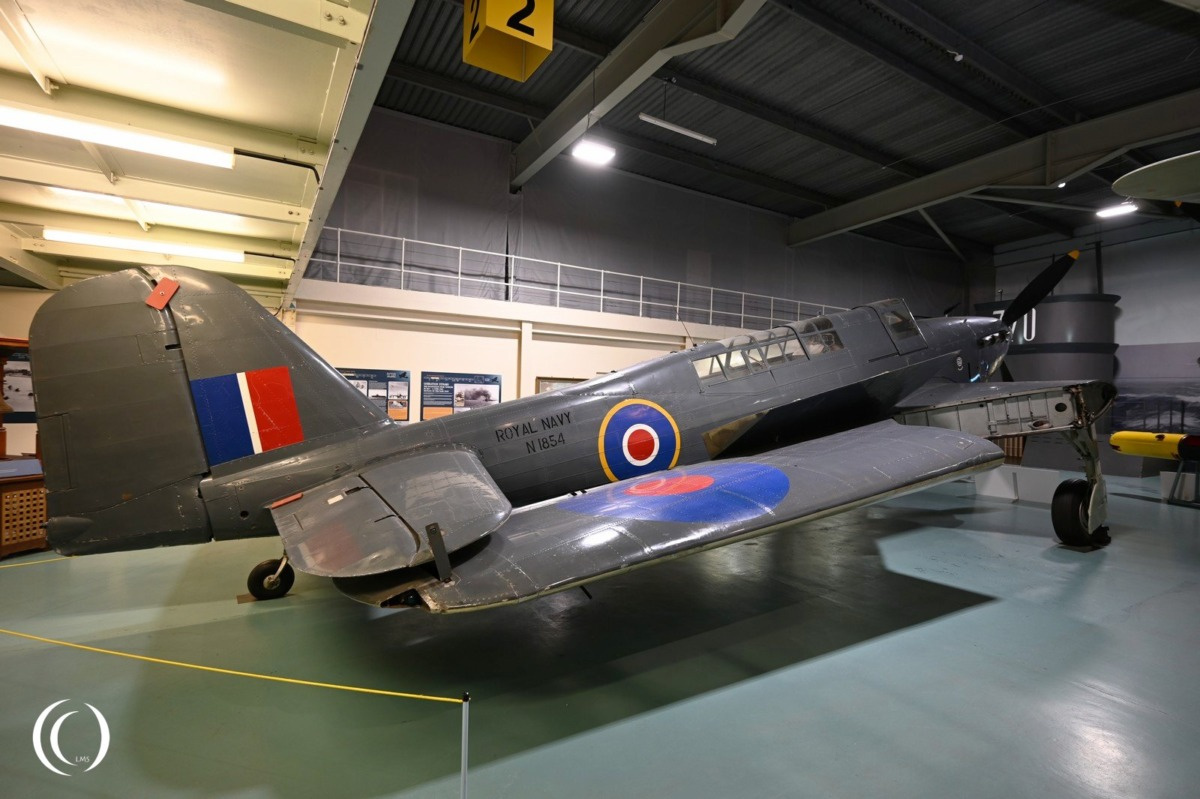

Initially, the museum housed a small number of historically important aircraft, but it rapidly expanded due to increased public interest and the growing importance of preserving aviation heritage. Over the decades, it acquired a wide range of aircraft and artifacts representing over 100 years of naval aviation—from fragile wood-and-fabric biplanes of World War I to supersonic jets and helicopters used in modern conflicts.
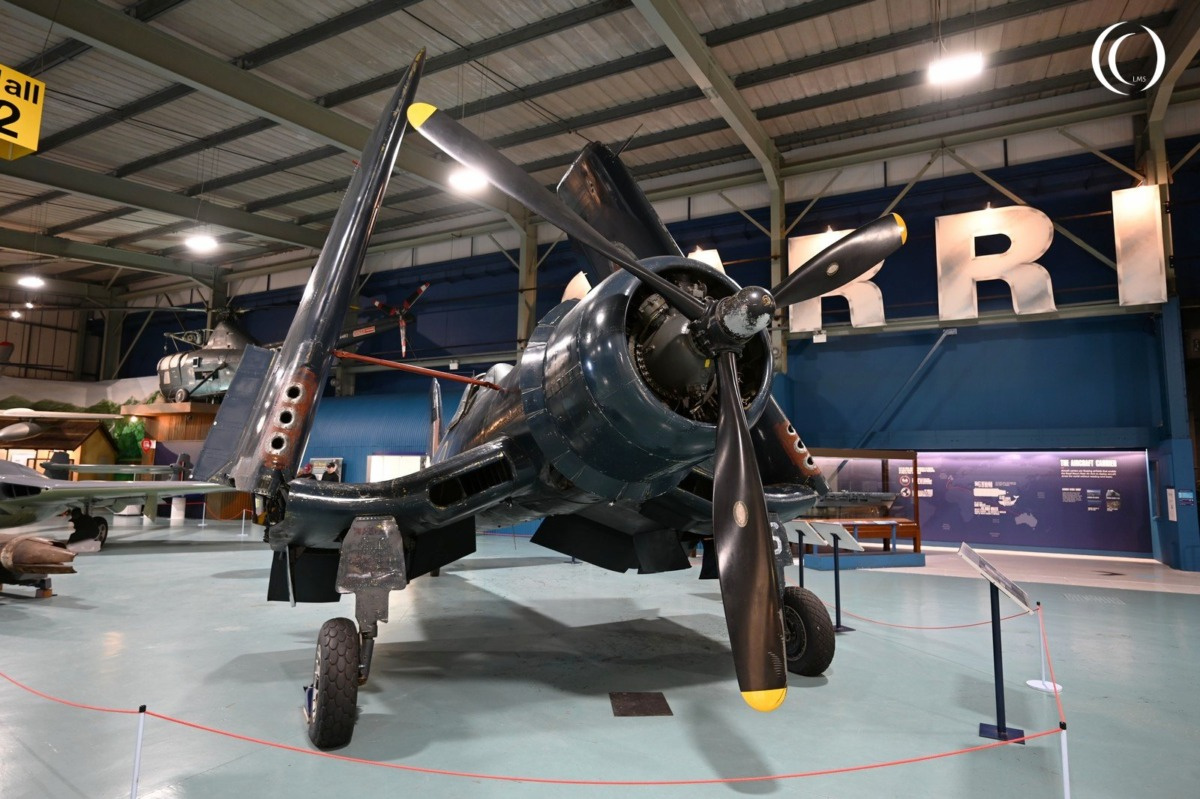
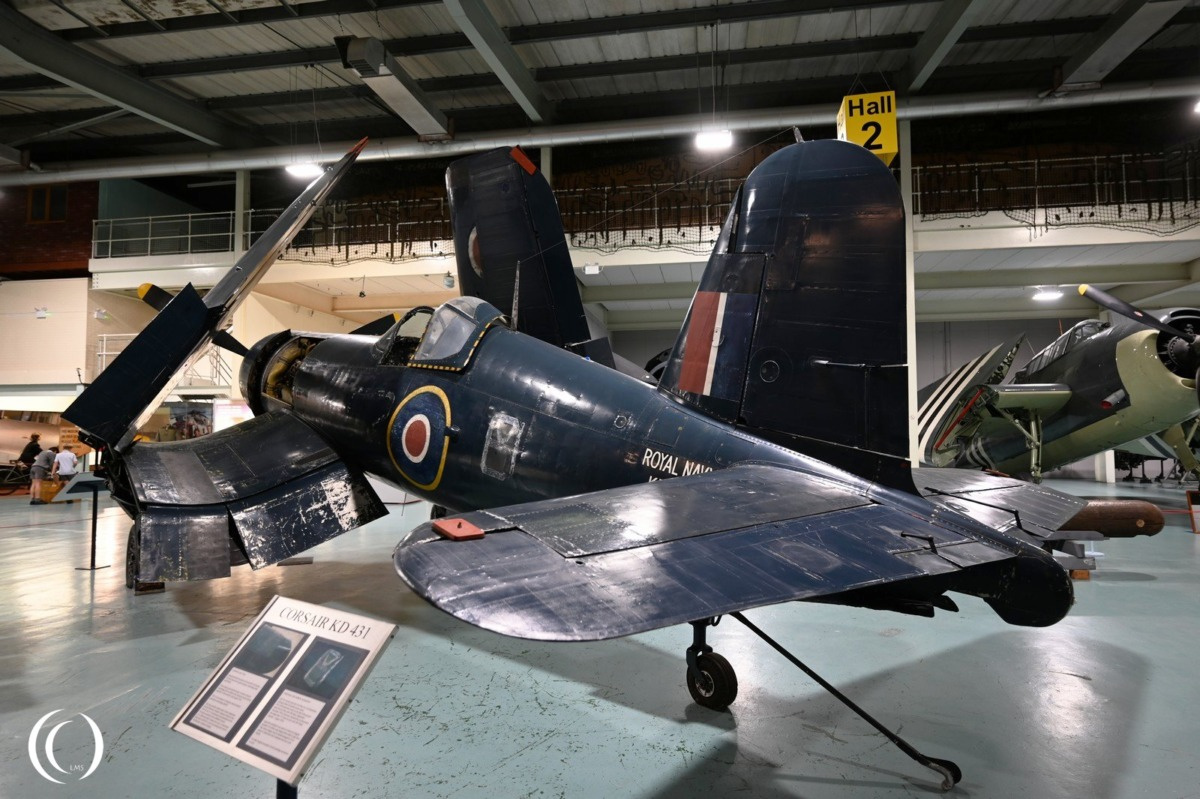
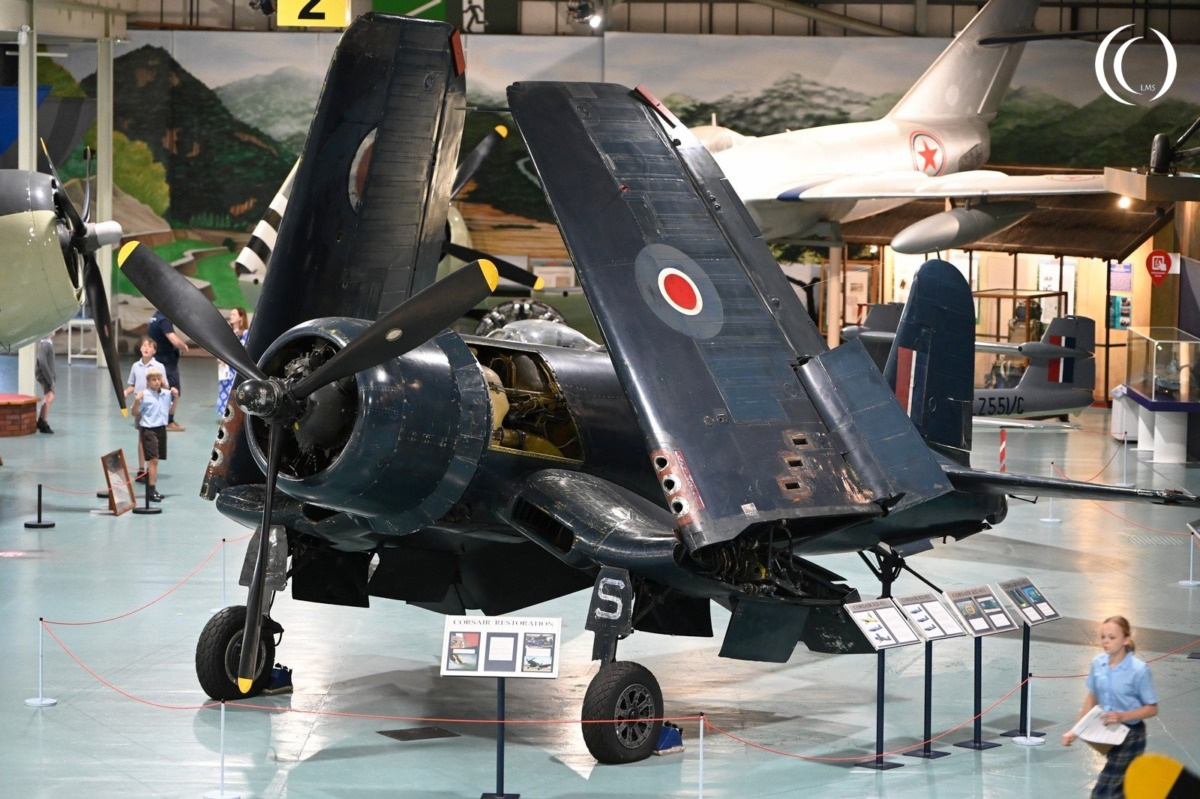
One of its earliest and most iconic acquisitions was the Fairey Swordfish, a WWII torpedo bomber famously involved in the attack on the Italian fleet at Taranto and the hunt for the German battleship Bismarck. Another milestone in the museum’s development was the acquisition of Concorde 002, a British pre-production model that is now displayed prominently.
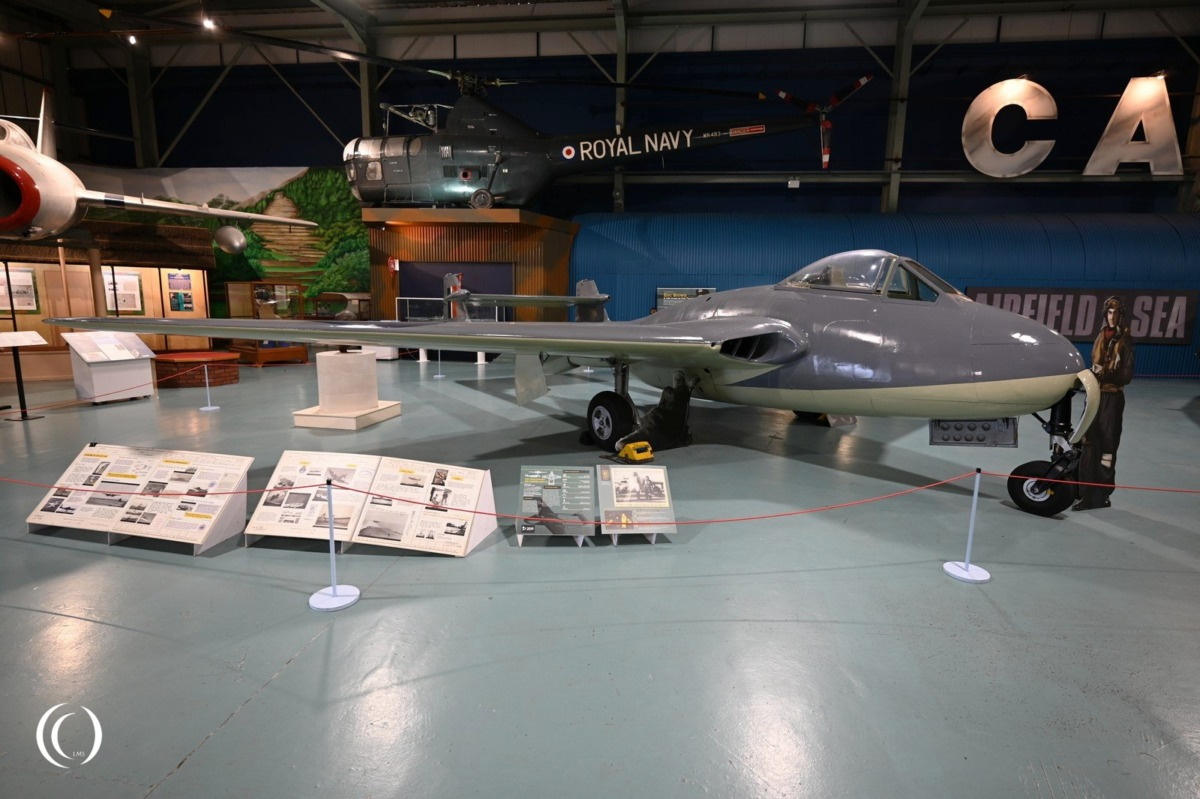
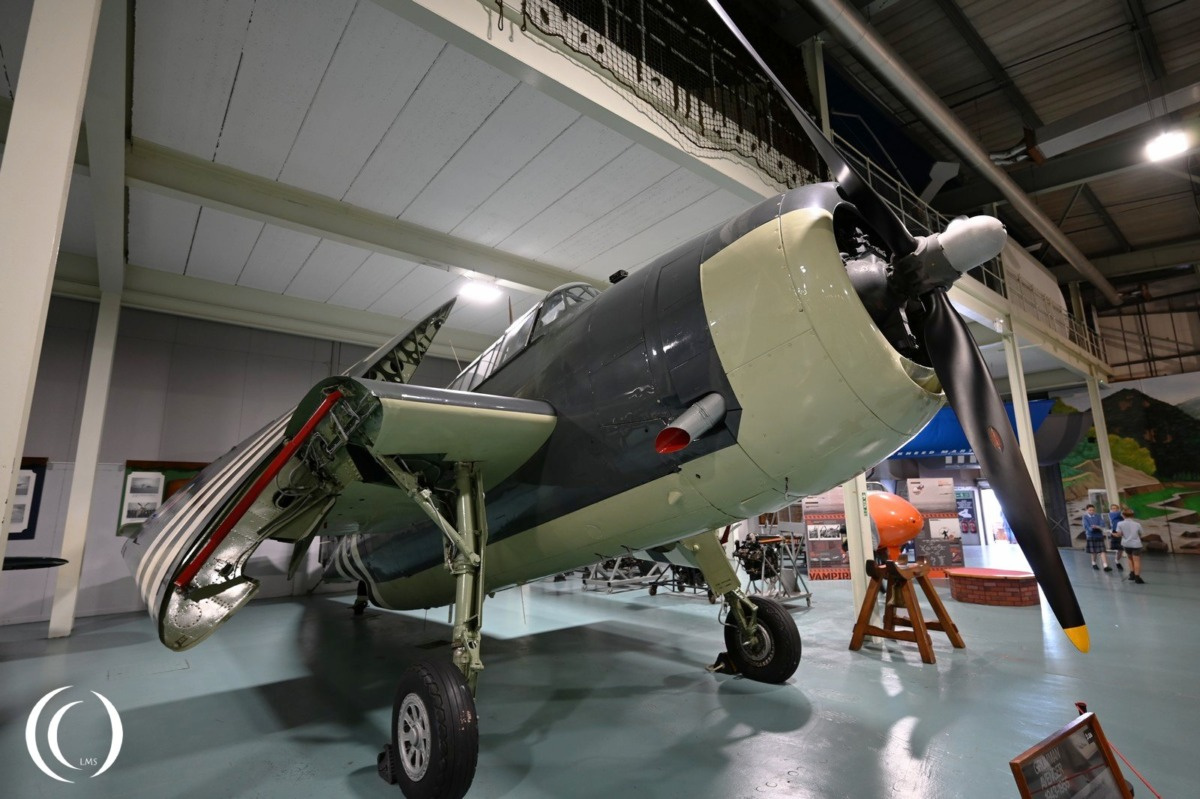

A major turning point came in the 1990s with the development of the Aircraft Carrier Experience, a state-of-the-art exhibit that simulates life on a Royal Navy carrier. This immersive display, complete with aircraft launches and landings, made the museum a leading attraction for both aviation enthusiasts and the general public.
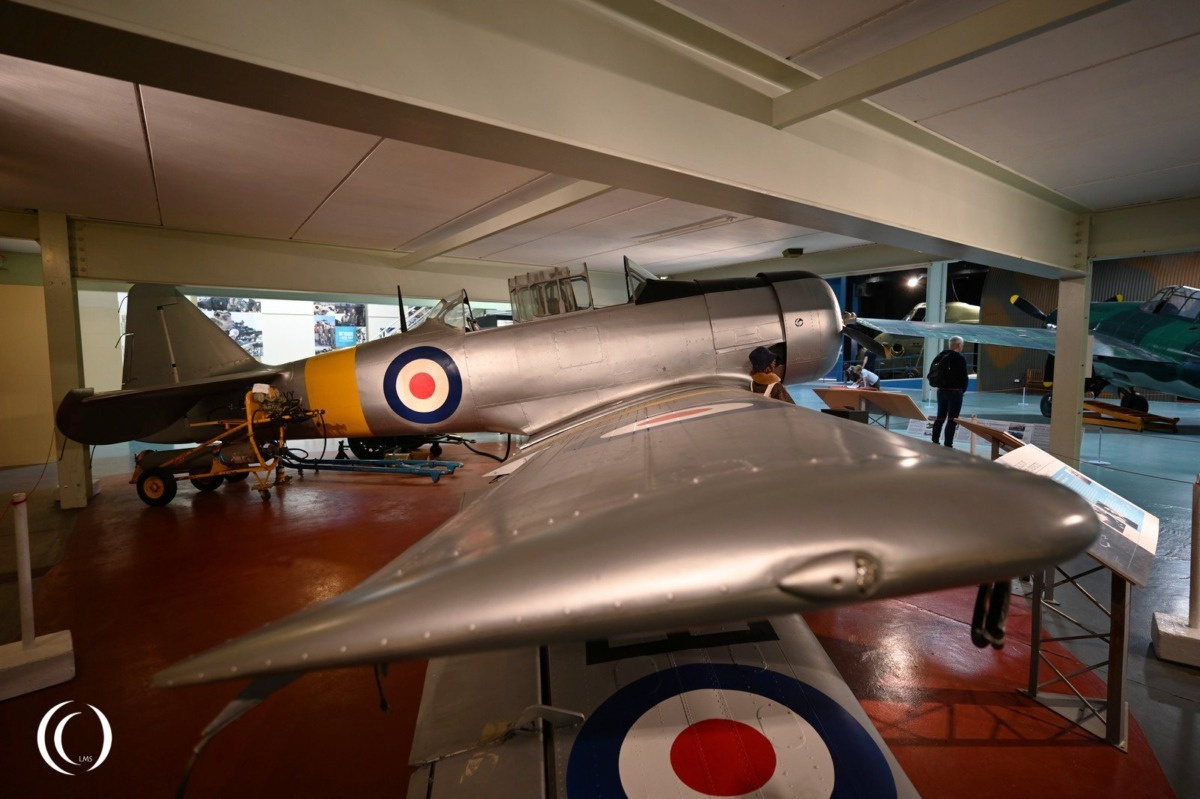
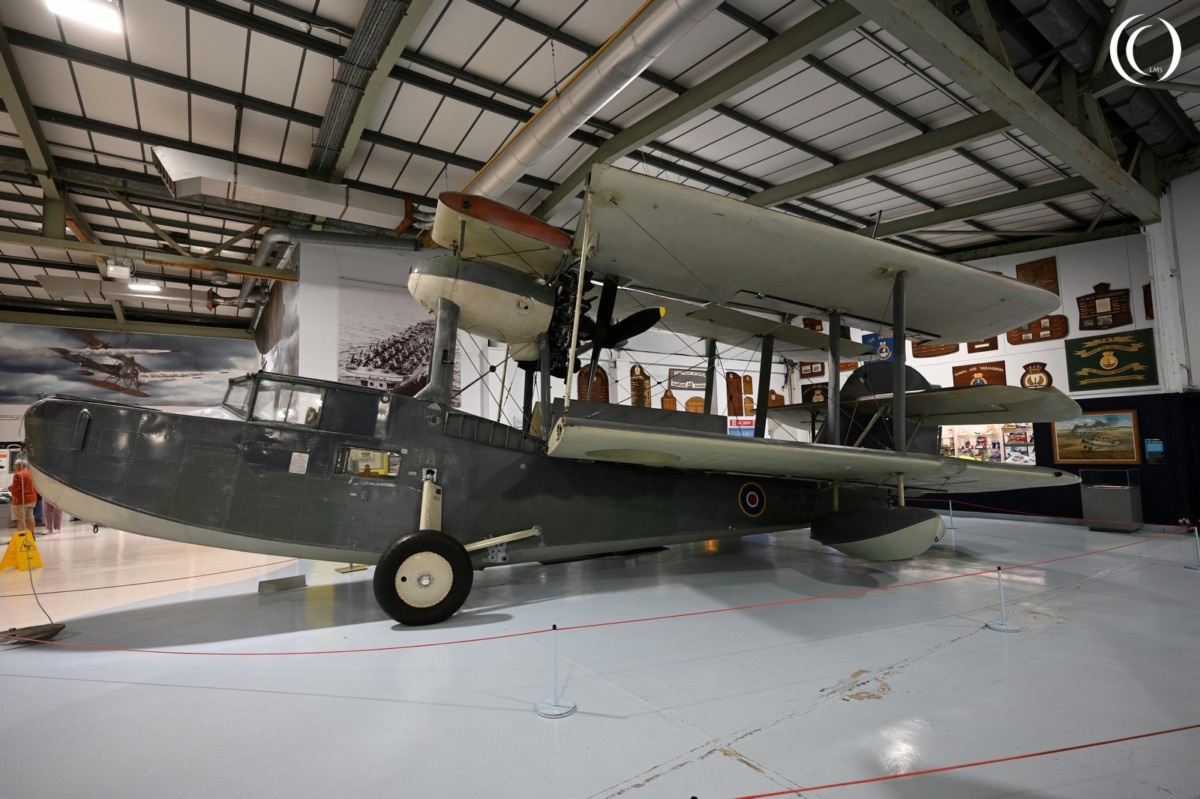
The museum is part of the National Museum of the Royal Navy and plays a key role in education, restoration, and public engagement. Today, it features over 100 aircraft and numerous interactive exhibits and continues to grow its collection while preserving the rich legacy of naval aviation.